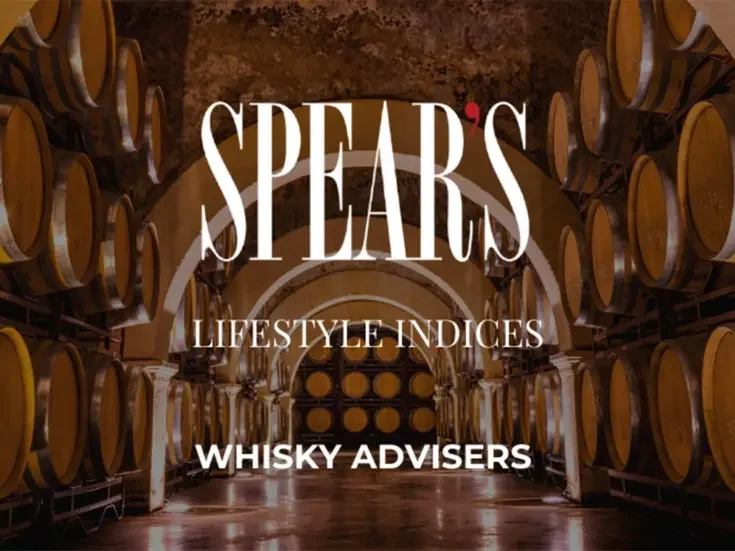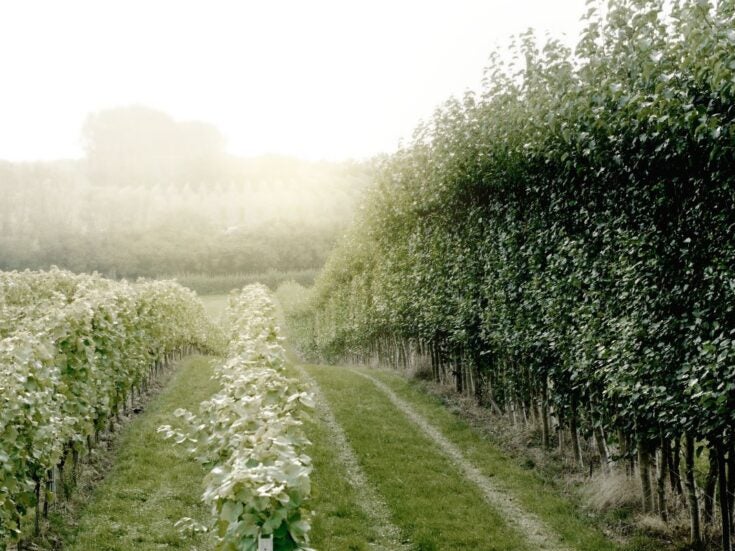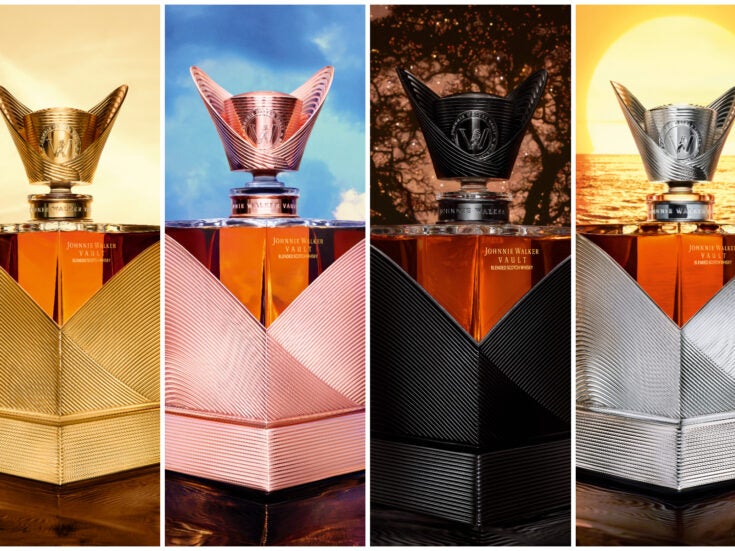
Fine wine has many of the characteristics of gold, which could make it a perfect reserve commodity and investment, says Andrew della Casa of the Wine Investment Fund
TODAY, GOLD IS bought and sold primarily as a hedge against uncertainty in other markets and asset classes. Hence prices rose sharply during the recent financial crisis, and have remained high amid uncertainty over the future of the eurozone. September 2009 saw gold above $1,000 per ounce for the first time (apart from a few days in March 2008) and in September 2011 it reached a high of $1,895.
These increases have prompted a search for other ‘safe havens’ which have similar characteristics. Obvious substitutes are other precious metals (silver, platinum etc) but these tend to suffer higher volatility and they have less favourable tax treatment. Oil is the largest commodity market, but has also shown high volatility.
One commodity which has many of the desirable characteristics of gold, without some of the drawbacks of its rivals, is fine wine. This article explores the parallels and differences between gold and fine wine as assets, and reviews their historical performance, to assess whether fine wine really is or could be the ‘new gold’.
Investment characteristics of gold and fine wine
Gold has the following characteristics which make it desirable to investors as a hedge against economic and political uncertainty.
Fixed supply
The quantity of gold available does not change significantly because very little of it is mined (around 2,500 tonnes per year) relative to the existing stock (of around 165,000 tonnes), while 2,000-2,500 tonnes is estimated to leave the market each year. Therefore the total supply of gold typically increases by no more than 1% per annum.
The wine market is smaller, but the effect is similar. According to The Wine Investment Fund’s definition of fine wine, total market size is £5-6bn, with annual inflows (new production) outflows (wine which is drunk) of around £1 billion each. The stock of fine wine is therefore relatively constant.
Inherent value
Currencies today have minimal inherent value. Their use derives from legislation stating that they must be accepted, but also the public’s having confidence that the currency will retain its value.
By contrast gold has no legal backing from any government but is accepted worldwide as valuable. This acceptance has existed for thousands of years and across very varied cultures. The same is true of fine wine: historically, demand dates back at least to the twelfth century (when the English owned Bordeaux); and geographically, fine wine is today appreciated all over the world and sought after by a growing number of consumers whatever the economic and social conditions. Even at the height of the economic turmoil of late 2008, Château Pétrus 1982 still commanded in excess of £2,500 per bottle.
Cannot be debased
Currencies are created by governments, and governments can reduce their value by printing money, which generates inflation. The same mechanism can be used to reduce most government debt. If the government borrows £1bn, it can halve the real value of its debts by creating enough inflation to halve the purchasing power of £1.
Advocates of a return to gold-backed currencies suggest that all paper currencies are eventually rendered worthless by inflation. Ironically, at some stage banknotes reach the stage where their inherent value – as fuel for heating – actually overtakes their face value: hence German families burning their banknotes to keep warm during the hyperinflation of 1923-24.
Gold’s value is not at the whim of governments and therefore cannot be debased in the same way. In this respect fine wine is identical to gold.
Scarcity
Gold’s value depends on its scarcity: the world’s entire stock of gold could be contained within a cube with sides approximately 20 metres long.
Fine wine’s situation is actually more favourable for an investment commodity. Although a significant amount of wine is made each year, once that wine is bottled the supply of that particular vintage cannot ever increase – for example, no more Château Latour 2000 can ever be made. Even more strikingly, supply must in fact decrease over time as the wine is drunk.
Quality does not reduce over time
Gold is a highly stable metal: it is inert and does not rust, corrode, or otherwise deteriorate. Again fine wine actually has an advantage in this respect as its quality improves over time as the wine matures.
Tax Free
In order to promote gold as a financial instrument, a European Directive of 1998 exempted transactions of gold for investment purposes from VAT.
The tax regime for wine has a similar effect. As long as wine is held in an authorised bonded warehouse, it is not subject to duty (currently just over £20 per case in the UK) or VAT (20% in the UK, charged on both the wine and the duty). Duty and VAT only become payable when the wine is released from bond.
Both wine and gold (at least in some forms) are also free of Capital Gains Tax in the UK, subject to certain conditions.
In more recent developments, wine can be accessed through an Enterprise Investment Scheme (see www.wine-eis.com) which provides significant further tax benefits for UK taxpayers.
Summary of characteristics
Many of the key features of gold as an investment also apply to wine. They both have inherent value; there is a relatively fixed supply; and they cannot be debased.
In other respects gold has some advantages: in particular a larger market size, and a longer history.
These are more than balanced though by factors weighing in favour of wine: for example the unique supply and demand dynamic which means that prices naturally tend to rise over time, and beneficial tax wrappers which can significantly enhance the attractiveness of the investment.
Statistical comparison
In theory, then, gold and wine are substitutes as investment commodities – at least to some extent. But how have the two markets performed historically?
The longest available reliable monthly index on wine, the Liv-ex ‘Investables’ Index, starts in January 1993. Since then, wine prices have increased more than twelve fold, while gold prices have increased less than five fold – and incidentally, the FTSE 100 has not even doubled.

Moreover, gold’s volatility is much higher than that of fine wine. Not surprisingly, then, combining the return and volatility measures to produce a Sharpe ratio (measuring risk- adjusted returns) produces a much stronger result for fine wine than for gold:

All these charts suggest that fine wine has historically been a superior investment to gold. However, the original question was whether wine is becoming, or has the potential to become, a genuine substitute for gold as a ‘reserve commodity’. This question is harder to answer statistically, but the following may provide a clue:
Development of correlation coefficient between gold and wine over time

This chart shows the correlation coefficient between monthly movements in wine and gold prices; specifically, the correlation between the date shown on the horizontal axis and May 2012. The graph stops at May 2011 as after this date there are too few observations for the data to be reliable.
Although the line becomes rather erratic towards the end of the period, the overall trend is clear: over time, wine and gold have become more correlated. So to answer the original question: yes, fine wine is increasingly acting like a reserve commodity.
Don’t miss out on the best of Spear’s articles – sign up to the Spear’s weekly newsletter
[related_companies]






